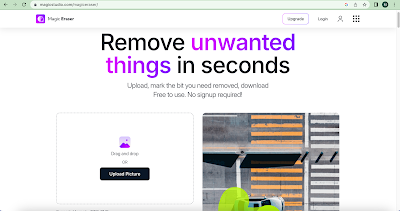#21. Be Creative with Everyday AI Tools

This blogpost may be of interest to educators who want to think more deeply about how to integrate non-academic and non-educational AI tools into their portfolio of teaching and learning activities. Artificial Intelligence (AI) has, over the last year in particular, become widely-known and discussed. There is a growing number of AI-powered tools that are being introduced for everyday use and their potential in education should not be ignored. Elementary through tertiary educators can utilize these tools in various subjects to create engaging and impactful learning experiences for their students. As educators in the past decade previously took everyday tools such as Google Maps and Earth to create engaging lesson materials across a variety of subjects from Maths to Science to Geography, History and even Literature, it seems now that we can apply this idea of thinking outside the box in terms of the waves of new AI tools which are now proliferating. An obvious example of an AI-powered ...

